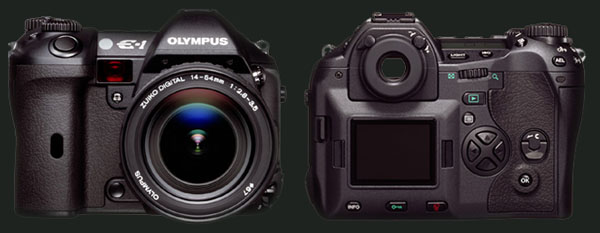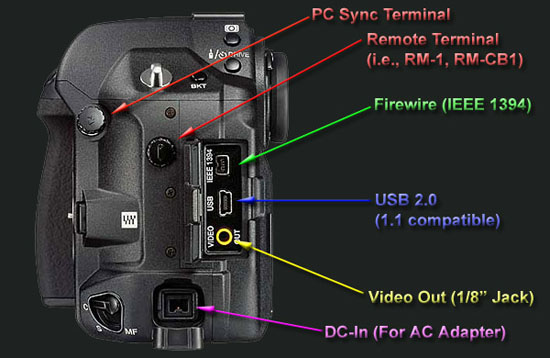
 |
Olympus E-1 Preview |
| August 21, 2003 |
| E-1 Preview • E-1 Preview (continued) • E-1 Preview (continued) • E-1 Specifications
|
Image Quality The E-1's image quality is quite good. Very good, in fact. Reds are not overly saturated, and blues and greens are properly proportioned. I'm dying to see an E-1 photo of a collection of different-colored hot-air balloons. This would be spectacular. Skin tones and definition are also pleasing. Contrasted photos were a problem with the E-10 and E-20, but with the E-1, very little problems are seen. Normally, shooting a photo where you have the shade of a tree or house in one area, and some sunlight hitting another area, there would be severe noise in the shaded part. Not so with the E-1 photos (at least from viewing samples online on 3 different websites). No Built-In Flash A professional DSLR is certainly not rated by having a built-in flash or not, but it sure would be nice. Some photographers say that it is better to use a dedicated flash unit. Well, of course it is. However, the benefit of having a built-in flash, can sometimes be the difference between taking a photo, or just forgetting about it due to no light available. If your flash unit runs out of batteries, what do you do then? Find the nearest store that sells AA batteries? Sure. And by that time, your shot has already passed you by. Photography is about having backups, and even multiple backups, and having only one flash is kind of putting your reliability into one area. Supersonic Wave Filter Now, this is kinda neat. Olympus Japan has provided a Macromedia Flash movie of this "CCD Cleaner" in action. I do have my doubts on the real-life performance of this, however. The main reason is that the example shows several, fairly large particles on the CCD, when they are shaken off. For those who already own a DSLR, we know all to well, that dust particles can actually be so small, you can't even see them, and yet they still appear on your photos. Since these particles are so small, will the CCD be able to shake them off? Well, we won't know for sure until the E-1 is released and people are actually using them. USB 2.0 / Firewire Ports
 |